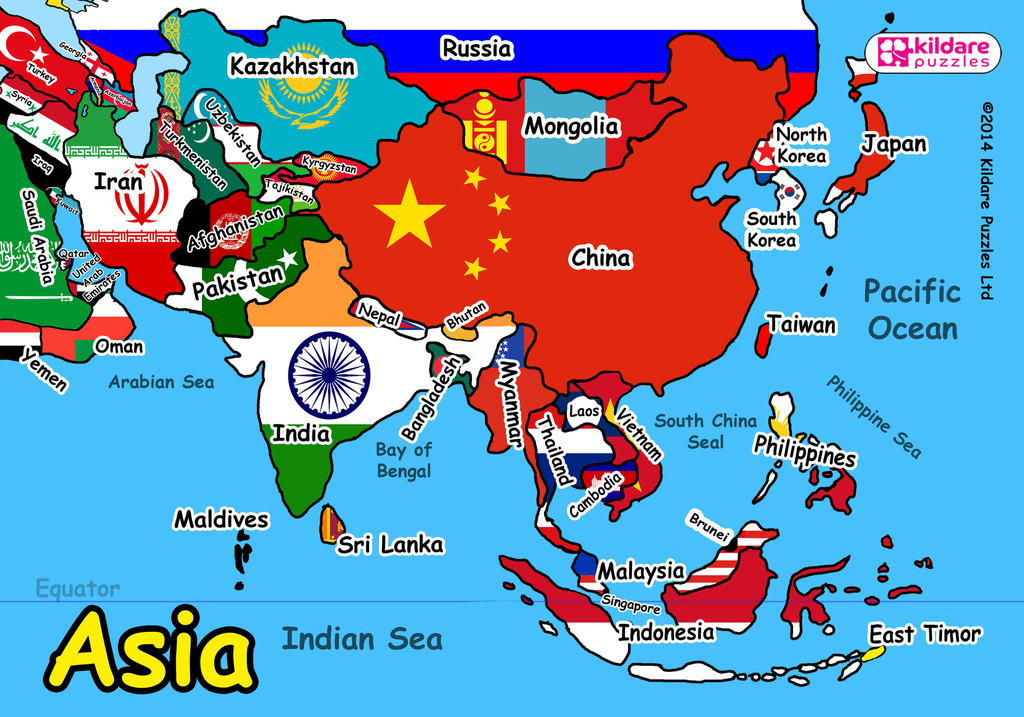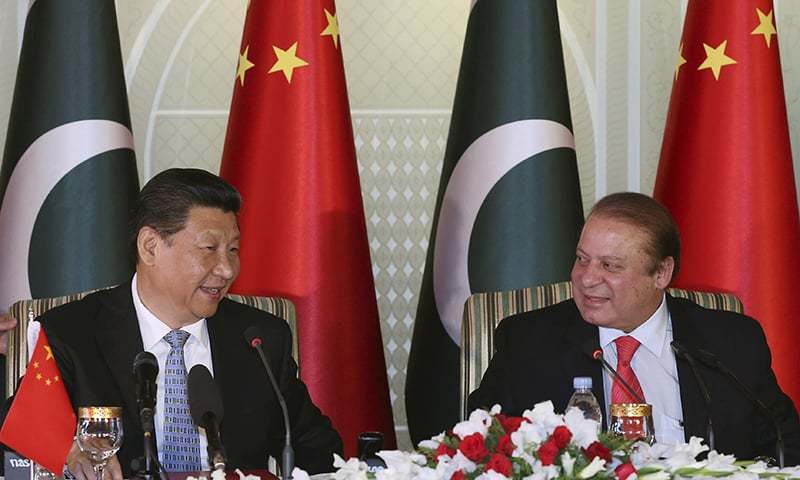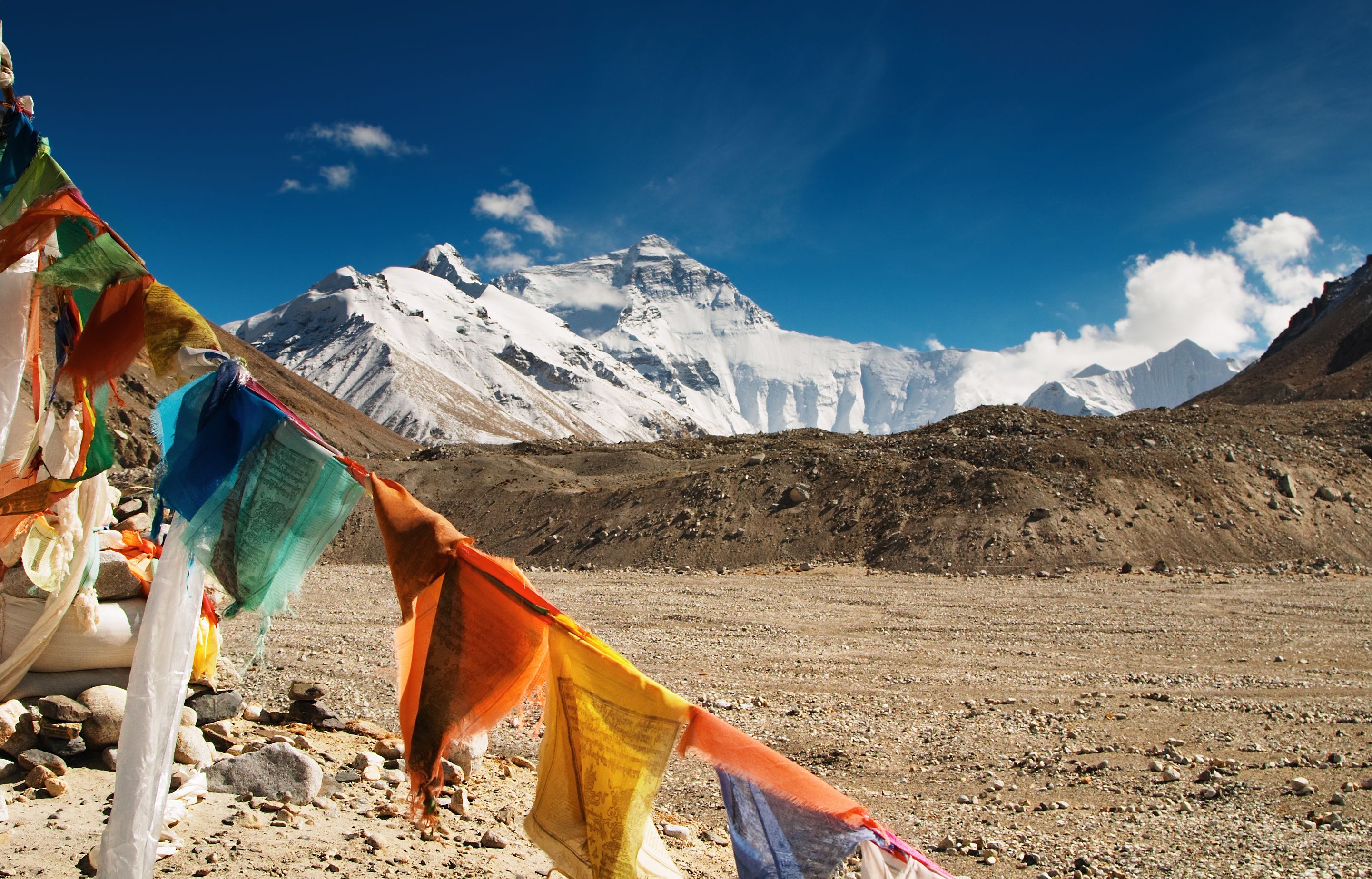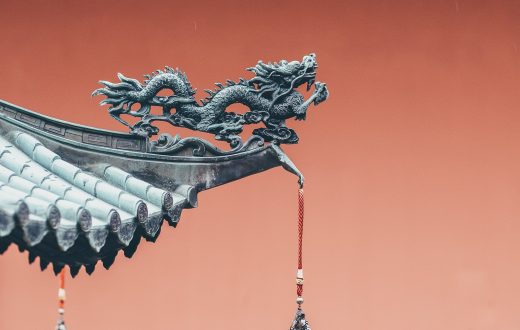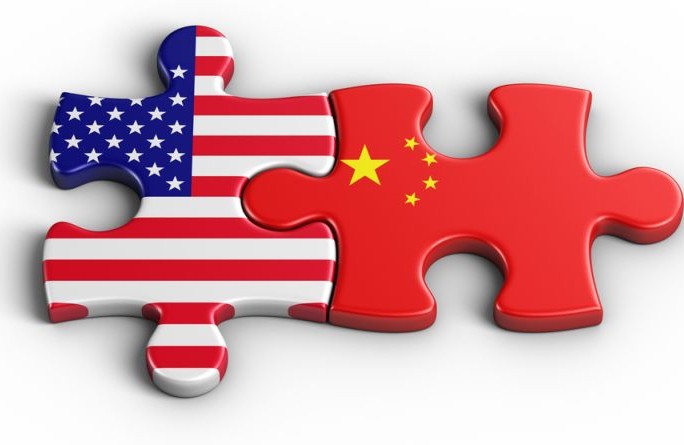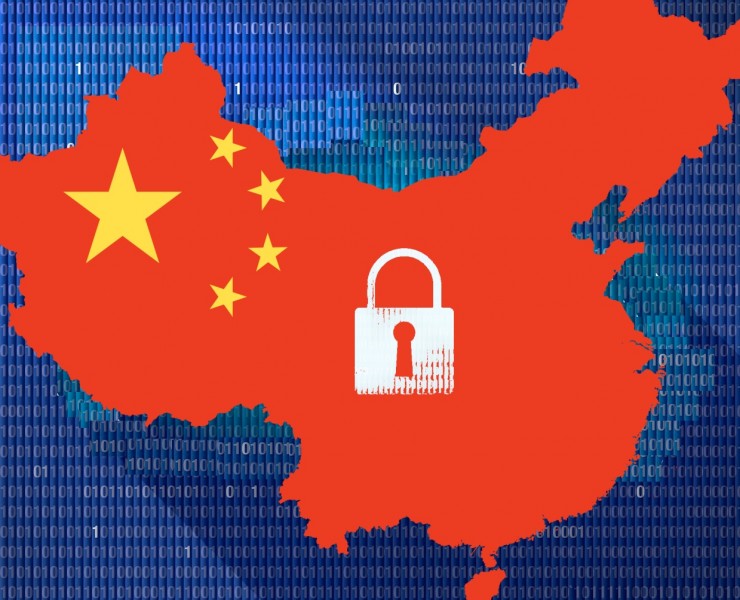The grandeur, Asian Civilization shared cannot be found else. From Mesopotamia, Indus Valley to Chinese Civilization the incense they shared was immense. China and India still were praised for their economic manoeuvres in the past. It is an agreed fact at some point in time Asia alone used to share the 55% of world GDP. Still, it has been the largest and most enduring civilizations in human history. Discovery of America by Columbus, while he was in search of India, shows how zealous westerners were towards the Asia, then.
The Chinese Factor 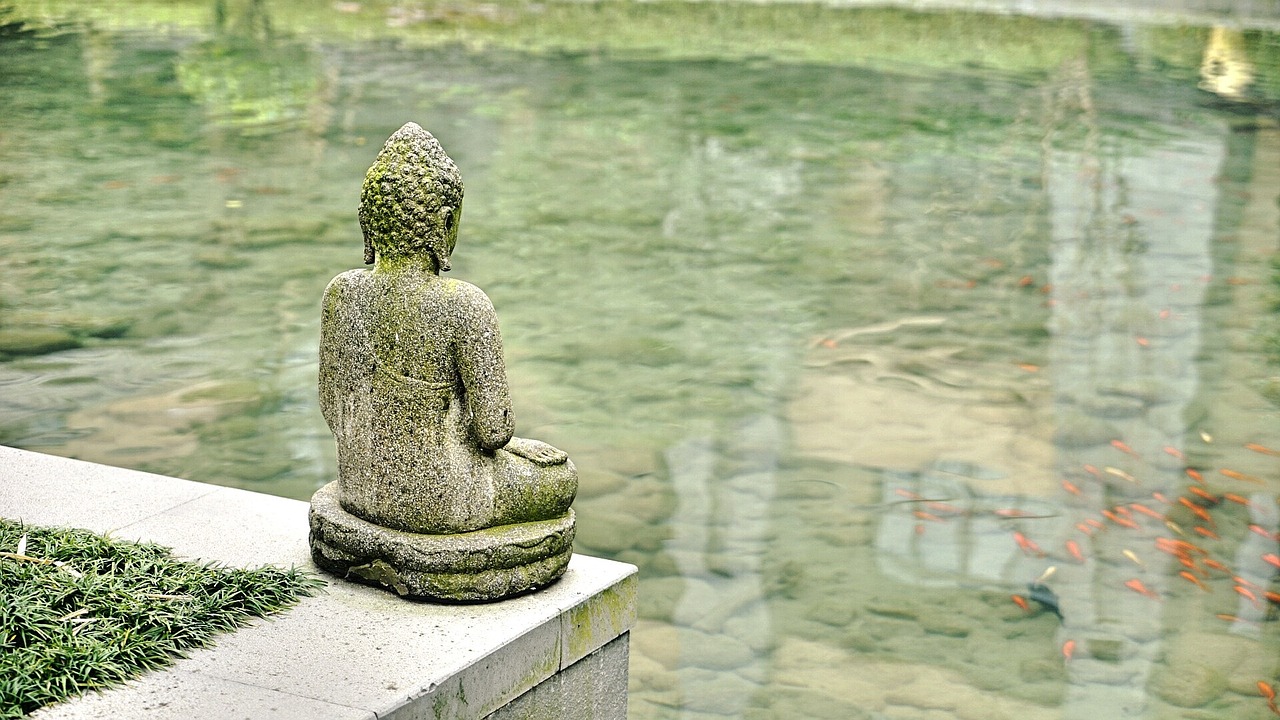
As a matter of rapid and consistent economy growth for last three decades, China has intrigued itself in all the possible spheres of the world, from Africa to South America, North America to Europe and even in diverse part of Asia. The presences of China have become inevitable. The non-string attached policy of China has become the key factor which lures the world for its involvement in development one way or the other. Though America often accuses China of being a “money manipulator” and “free rider” of world politics, America itself is not aloof from the Chinese involvement in their socio-economic development. This emphasizes the American supremacy is burningly cocooned by the Chinese presence in international affairs.
Despite affinity with the outer world, they do have some basic goal within their country as well. The communist party aims to lift all Chinese people out of poverty by 2021. It is said that still, 70 million Chinese people are living below the poverty line. This achievement would strengthen the legitimacy of its one-party rule. Along with this, they aim to build a modern socialist country. This is widely interpreted as regaining the great power status China enjoyed before it became a virtual colony of foreign powers following the first Opium War in the mid 19th century.
The Rise of Europe
With the rise of Europe at the epicenter of world politics the splendid story embroiled in the Asian era started to evaporate. Asia once the fulcrum of world politics and economics started to defoliate to the least it ever could. However, with all those difficulties, humiliation and intimidation of Westerner’s basically during the entire period of colonialism, Asia once again have reverberated to the position from where it could re-arrange the order of the world and redefine its subjugated position in world politics for the last three centuries. 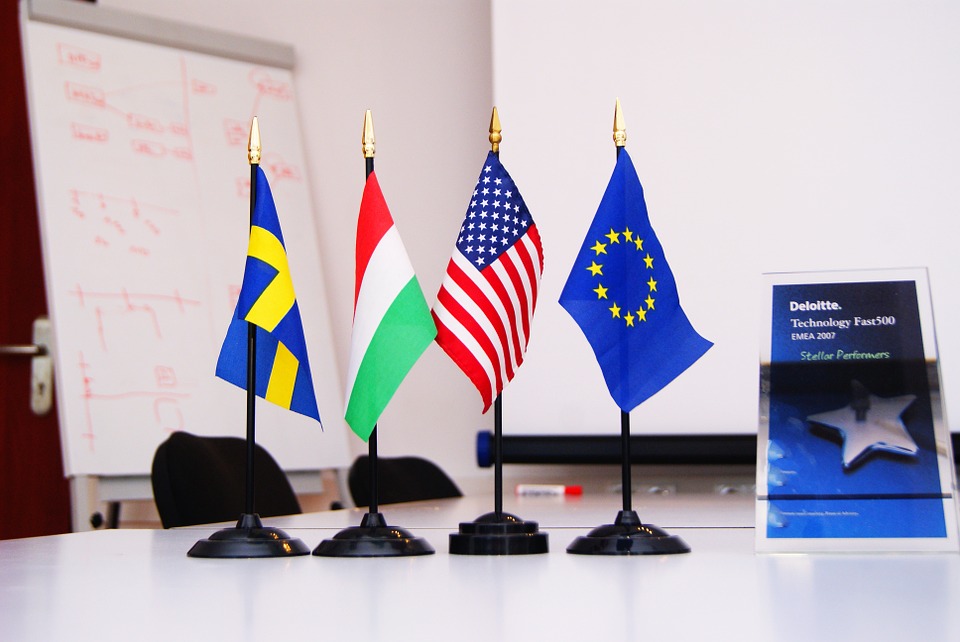
China and India respectively, are the first and third largest economy in the world at present. To mention the Asian economy in term of purchasing power parity (PPP) China, India and Japan are at driving seat while in term of nominal gross domestic product (GDP) China is in leading position whereas India and Japan alter each other. This project if came together these Asian powers can dominate the entire world positively to reshape the world in every possible manner.
However, it is easy to be said then to be done. Years long dispute between China, Japan and India, hurdles Asia to incorporate for common goods which could be achieved if United. America consciously is using the “conspiracy theory” in between these countries basically India and Japan so that it should not lose its legacy very soon. Coming together of these countries will be against the will of America so it seems like fueling to extend for the entrenchment between them and cling to the power as much as it possibly can.
China-Japan dispute
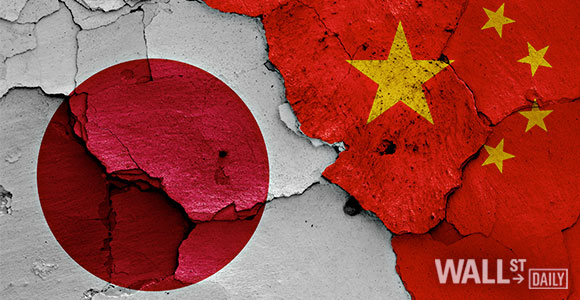
There is some serious dispute between China and Japan. Japan is making claim to a string of uninhabited island “Senkaku Islands” which is claimed by China as well, which they call” Diaoyo Island”. This inflammatory mileage has created animosity between these two countries. However, the story of animosity is more extended by “The Rape of Nanking”. In 1937 Imperialist Japan, which was distinct than the Japan today, had invaded China and captured the then Capital of China -Nanking. While evading, Japanese army committed ample of heinous war crimes. They raped approximately 20,000 women including infants and the elderly. This incident has put extra strain on the already dysfunctional relations. Japan not very interested in the Asian Infrastructure Investment Bank (AIIB), and One Belt One Road Initiative forged by China, depicts the fact that these two countries are not ready to put their legs in the same shoe anytime soon. From the other perspective, Japan might have concluded that soaking with China might be a dismantling move for the Asian Development Bank lead by them which implies disgruntling from their legacy in the region.
Similarly, China is unlikely to build a positive rapport with India. It does not seem they have developed any theoretical posture for the coming years in order to untangled refuted relationship. With 1962 Sino-Indio war to present the grunting relations has not risen above the sea level. As soon as the establishment of the Peoples Republic of China in 1949, claimed Tibet in 1951 which China believes to be its autonomous region. India becomes more skeptical towards the China. Praised slogan “Hindi-Chini Bhai Bhai” got faded with the passing of time. Though then Indian Prime Minister Rajeev Gandi tried to reverberate the stalemate relationship between China-India visits China in 1988 and giving an official statement Tibet as an integral part of China, however, this couldn’t yield any fruits.
Like as Japan, China also has got a land dispute with India. Arunachal Pradesh claimed as their integral part by India is called Tawang by Chinese. Tawang known as the pearl of South Tibet is a holy land to Tibetan (Global Times, 13.4.2017) is another disputed issue between China and India. According to the Chinese, the 6th Dalai Lama Tsangyang Gyatso was born in Tawang and thereafter the region has been considered as a sacred place by Tibetean.
The Pakistani Friendship
All weather friendship between China-Pakistan and China building Gwadar port in Baluchistan of Pakistan will not lead towards the converging relationship between these two Asian giants. Meanwhile, India providing a political asylum to the fledged Tibetan spiritual leader Dalai Lama 14th in Dharmashala has displeased China. Amid this, China’s denial for India to be the member of the nuclear supplier group last year has engulfed their relationship. Though being the foundation member of AIIB, India is reluctant to accept the OBOR initiative, which indeed is a subject of worrisome for China.
Indian policymakers are convinced that US capital, technology and goodwill are essential to continue its rise as a global power. The United States will remain one of India’s largest export destinations, the key to International Financial Institutions such as the World Bank. The Indian diaspora composed largely of highly skilled professionals will remain a key element in deepening US-Indian ties. The Indian market for US goods will grow substantially as New Delhi reduces restrictions on trade and investment.
Japan and India are the strategic partners of America. America, along with the assistance of both Japan and India Asian powerhouses apart from China, is heavily paving the way to encircle China. In this “Law of Jungle”, America is ready to use all the possible measures to stop China becoming the ultimate power of the world. While India and Japan are more concerned about the regional dominance which might not be possible with adjacent China.
To cut the matter short with all this political, economical, cultural along with conventional and unconventional security issues with some of other Asian giants, it won’t be unwise to tell China alone is unlikely to sustain the Asian century without the backing up of other countries like India and Japan. Being the influential in the region and at the same time in world politics how China maintains the relationship with its other emerging vicinity states and influence them for the common betterment shall be the fulcrum to the Asian century.

